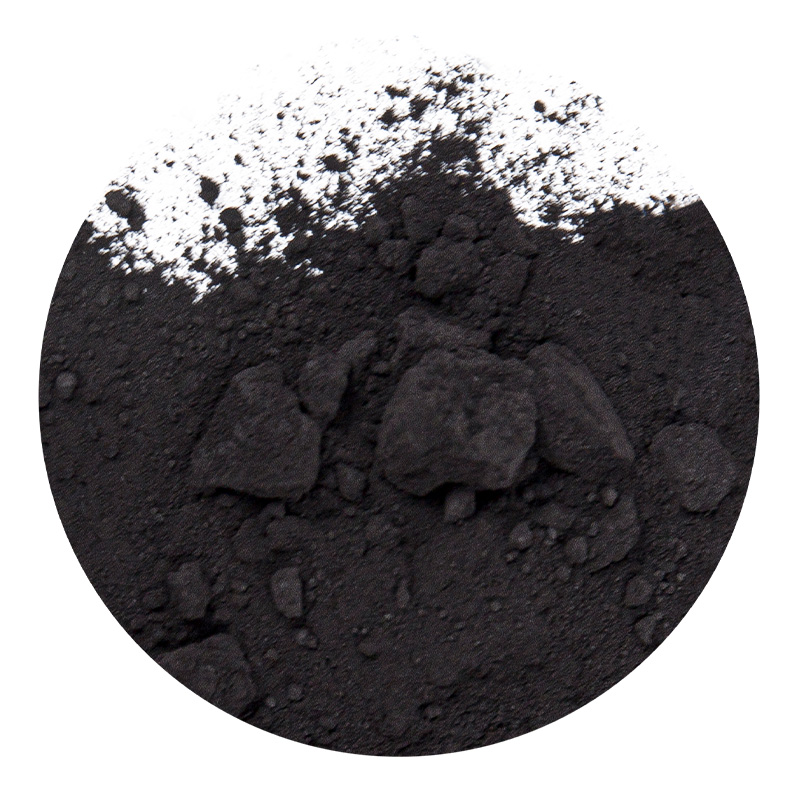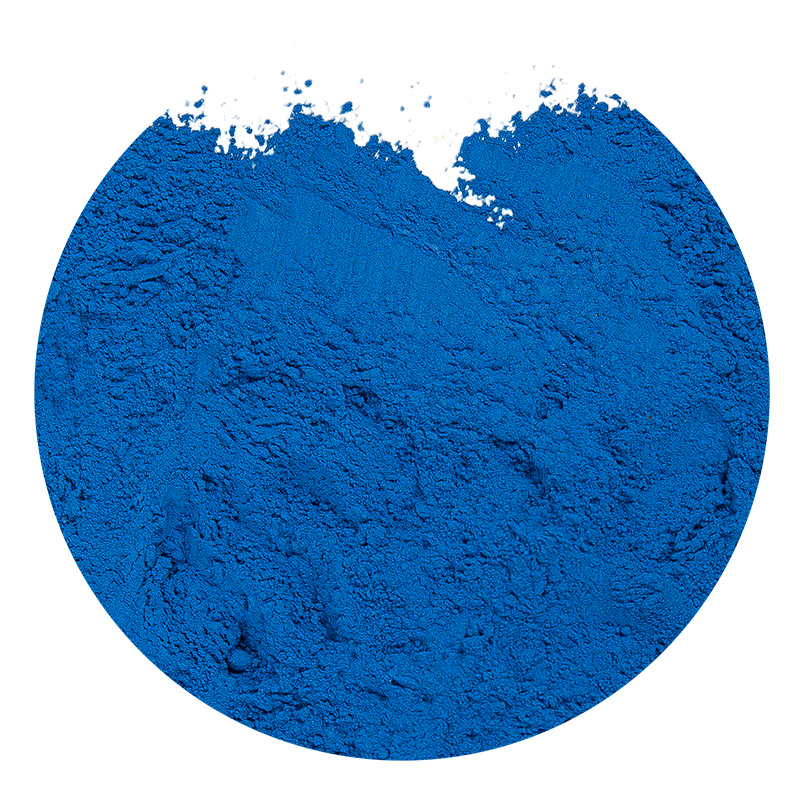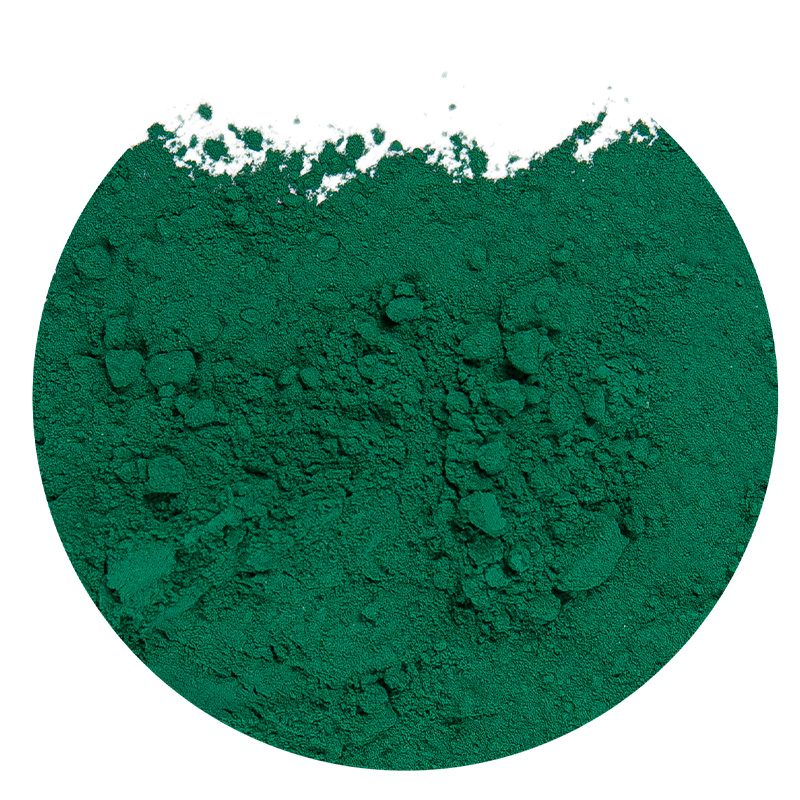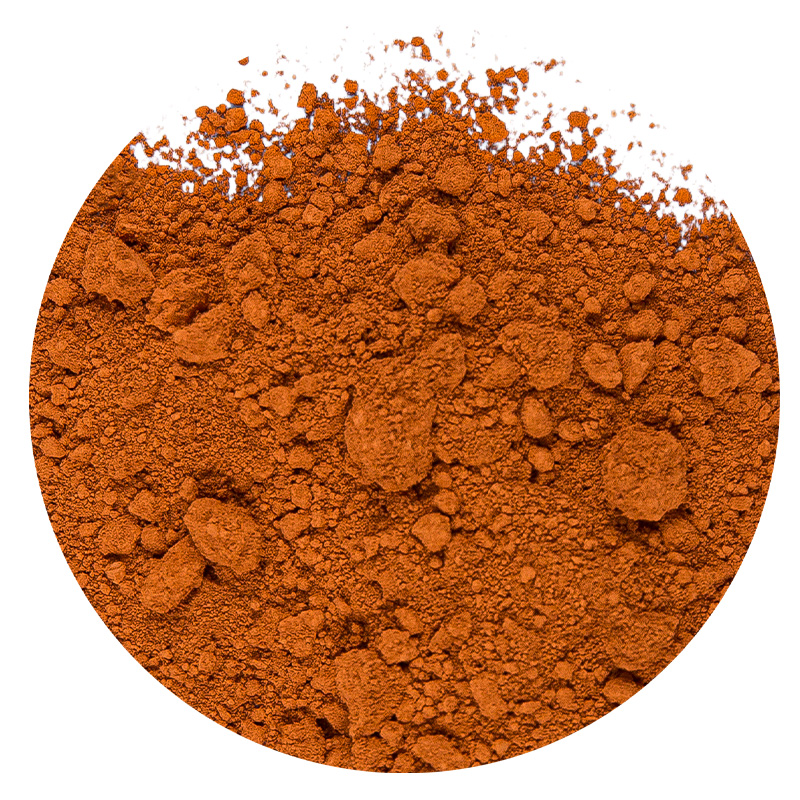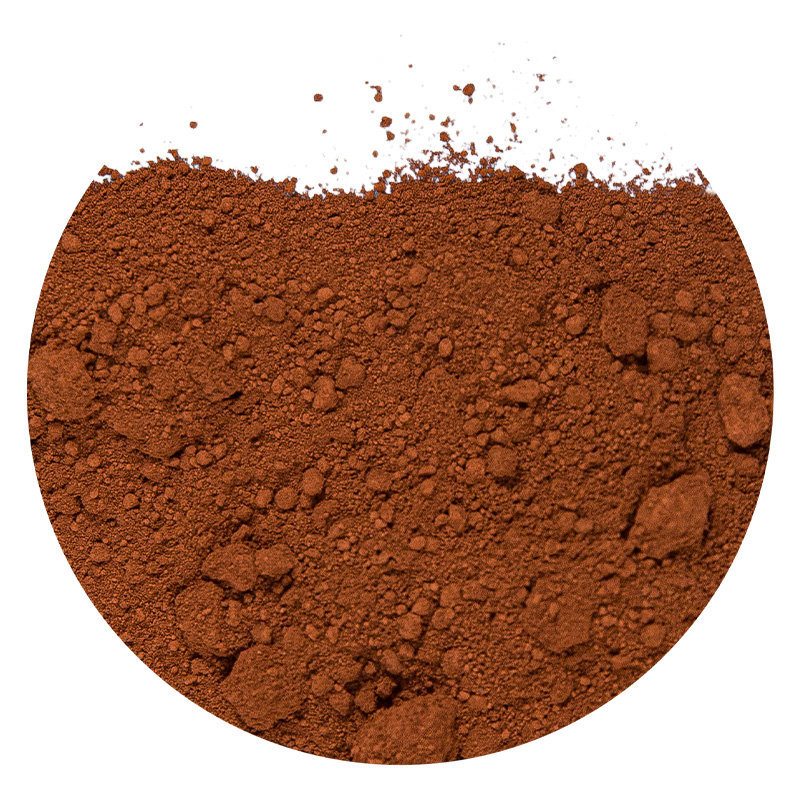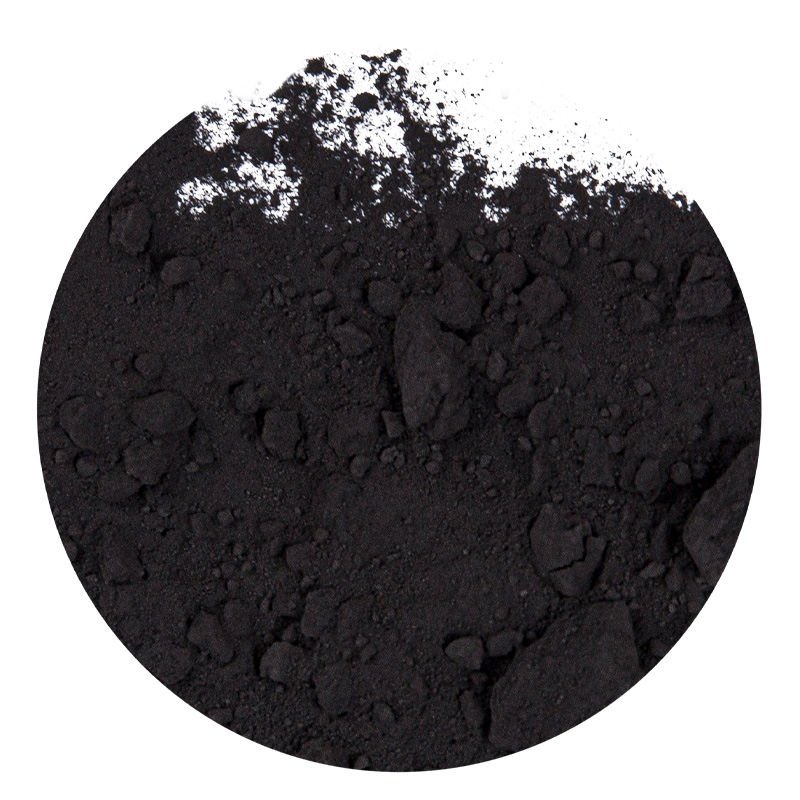The Many Industries That Use Iron Oxide Black: From Building Materials to Cosmetics
Iron Oxide Black is a powerful pigment, celebrated for its deep, rich black color and exceptional durability. This inorganic compound, known chemically as Fe_3O_4, is not just a coloring agent; its unique properties make it a staple in a wide array of industries. From adding a sleek finish to architectural projects to ensuring the longevity of everyday products, the versatility of this pigment is unmatched. Let's explore the diverse roles of Iron Oxide Black in key sectors like building materials, coatings, plastics, rubber, cosmetics, and ceramics.
Building a Strong Foundation: Iron Oxide Black in Construction and Materials
In the construction industry, Iron Oxide Black is more than a simple colorant; it’s a performance enhancer. Its primary role is to provide long-lasting, fade-resistant color to a variety of materials. The pigment's stability against UV light and weathering is crucial for outdoor applications, ensuring that colors remain vibrant for decades.
Architectural and Concrete Applications
- Coloring Concrete: When mixed into concrete, Iron Oxide Black creates a range of shades from light gray to deep black, offering aesthetic flexibility for modern architecture. Unlike organic pigments that can fade over time, it maintains its color integrity, making it a reliable choice for pavers, countertops, and decorative concrete structures.
- Mortar and Grout: The pigment is also used to color mortar and grout, creating a seamless and sophisticated look for brickwork and tiling. This application not only adds visual appeal but also enhances the overall durability of the building material.
Comparing Iron Oxide Black in Concrete vs. Mortar:
While both applications use the pigment for color, the concentration and purpose can differ. In concrete, the pigment contributes to the overall structural aesthetic, while in mortar, it is often used to accent or blend with the surrounding bricks or stones.
| Application | Primary Role | Typical Concentration |
| Concrete | Aesthetic and structural coloring | Up to 10% by weight of cement |
| Mortar and Grout | Color matching and accenting | Varies based on desired shade |
Guarding Surfaces: The Role of Iron Oxide Black in Coatings and Plastics
The protective and aesthetic qualities of Iron Oxide Black make it an indispensable component in the coatings and plastics industries. Its fine particle size allows for excellent dispersion, ensuring a smooth, uniform finish.
From Paints to Plastics
- Coatings and Paints: As a pigment for paints and coatings, Iron Oxide Black offers superior lightfastness and chemical resistance. It's widely used in industrial coatings for machinery, automotive finishes, and protective paints for metal structures, providing both a deep black color and corrosion resistance. A popular use is in black powder coating pigment, where it creates a durable, chip-resistant finish.
- Plastic Products: In the plastics industry, the pigment is a go-to for coloring a wide range of products, from plastic products iron oxide black to high-end consumer goods. It’s valued for its thermal stability, meaning it can withstand the high processing temperatures of plastics without degrading. This ensures consistent color in everything from pipes and siding to electronic casings and automotive parts.
Comparing Iron Oxide Black in Coatings vs. Plastics:
While both applications leverage the pigment's stability, the specific formulation and processing methods vary significantly. In coatings, it is dispersed in a liquid medium, whereas in plastics, it is typically mixed into a polymer melt.
| Application | Key Property | Typical Form |
| Coatings | Corrosion and UV resistance | Dispersed in liquid binder |
| Plastics | Thermal stability and lightfastness | Compounded with resin pellets |
The Versatile Pigment: Iron Oxide Black in Other Industries
The applications of Iron Oxide Black extend beyond the major industrial sectors. Its non-toxic nature and stable properties have made it a favorite in more specialized fields, including cosmetics and rubber.
Safety and Aesthetics: Cosmetics and Rubber
- Cosmetics: The purity and non-toxic nature of cosmetic-grade Iron Oxide Black make it a preferred choice for coloring makeup. It is a key ingredient in products like mascaras, eyeliners, and eyeshadows, providing a rich, matte black color that is safe for skin contact. The demand for iron oxide black for lipstick and other personal care items highlights its safety profile.
- Rubber and Elastomers: In the rubber industry, Iron Oxide Black serves a dual purpose. It acts as a pigment for items like tires and rubber flooring, while also functioning as a reinforcing agent, improving the material's strength and durability. This is particularly relevant for products that require both color and resilience, such as iron oxide black for rubber flooring. The pigment’s ability to withstand vulcanization temperatures without color change is a significant advantage.
Comparing Iron Oxide Black in Cosmetics vs. Rubber:
The grade and purity of the pigment are vastly different between these two applications. Cosmetic-grade pigment must meet strict safety and purity standards, while the rubber industry focuses more on physical properties like reinforcement.
| Industry | Primary Function | Purity Requirements |
| Cosmetics | Coloring and eye safety | High purity, free of heavy metals |
| Rubber | Coloring and reinforcement | Technical grade, focused on performance |
Beyond the Mainstream: Specialty Uses
Iron Oxide Black also finds its way into specialty applications that benefit from its unique magnetic properties and thermal stability. These niche uses demonstrate the pigment's versatility and value in specialized manufacturing processes.
Niche Applications
- Ceramics: In the ceramics industry, Iron Oxide Black is used to create glazes and pigments that can withstand high firing temperatures. It produces deep black and gray colors in ceramic tiles, pottery, and porcelain, offering a durable finish that won’t fade or burn out during the firing process.
- Magnetic Inks and Toners: Its magnetic properties are leveraged in the production of magnetic inks for security printing and in certain types of printer toners, providing a non-toxic alternative to other magnetic materials.
- Iron Oxide Black also serves a crucial function in the iron oxide black for refractory bricks used in kilns and furnaces, where its heat resistance helps maintain the structural integrity and aesthetic of the final product.
Iron Oxide Black is a foundational material that powers a diverse range of products and industries. Its ability to provide stable color and enhanced performance makes it a preferred choice for manufacturers worldwide. From adding a lasting color to concrete and protecting industrial machinery to ensuring the safety of cosmetics, its roles are as varied as they are vital. The pigment's blend of aesthetic appeal, durability, and cost-effectiveness solidifies its place as an essential component in modern manufacturing.

 English
English عربى
عربى русский
русский Español
Español